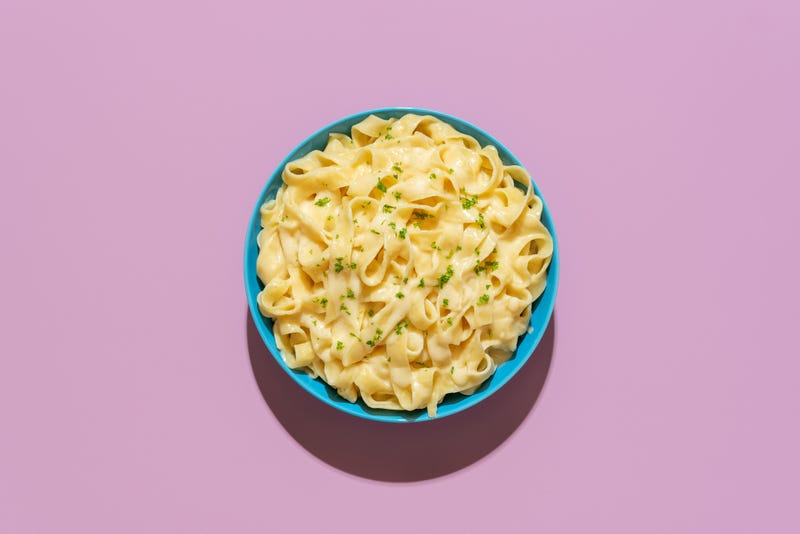
Inflation was up again in January by 0.5%, according to a report issued this week by the U.S. Bureau of Labor Statistics. Along with overall inflation, prices of many food items are getting higher.
Much of the current inflation issue has been traced back to COVID-19 pandemic related supply chain issues. With the impacts of the pandemic waning somewhat, why are prices still high?
Eat This, Not That reported Wednesday that prices for six particular food items are skyrocketing. These include:
· Spaghetti and macaroni – according to the outlet, the average retail price for spaghetti and macaroni products is $1.48 per pound, up 2.9% last month and over 32% since last year.
· Flour and sugar – the average cost of flour was $0.54 per pound in January, up 3.4% in January and up over 27% since last year. Average sugar prices increased 1.9% last month to $0.86 per pound, close to 22% higher than last January.
· Chocolate chip cookies – these are now nearly $5.06 per pound, up 1.7% since December and almost 20% compared to last year.
· White and wheat bread – white bread is $1.88 per pound on average, up 0.8% last month and over 21% since January 2022, and wheat bread now costs $2.45 per pound, an increase of 1.3% in January and over 15% year over year.
· American cheese – currently costs $4.72 per pound, an increase of 1.3% last month and over 19% from a year ago.
· Eggs – a dozen grade A, large eggs now cost $4.82, up 13.5% since December and a 150% year over year.
In addition to pandemic-related supply chain issues, CBS News noted that an avian flu epidemic contributed to the increased price of eggs. Climate issues, weather events and the ongoing Russian invasion of Ukraine have also impacted food prices.
“There’s also another school of thought, particularly popular among left-leaning lawmakers and policy makers: Food producers may be raising costs simply because they can,” said the CBS. “One corporate watchdog group has accused food manufacturers and retailers of boosting prices unnecessarily because that was more feasible at a time when consumers are braced for inflation.”
This week, CNN Business reported that Nestlé – the world’s largest food group – plans to increase the price of staple items this year. The Switzerland-based company already increased prices by 8.2% in 2022, but its profits took a hit.
“We are still in a situation where we’re repairing our gross margin and, like all the consumers around the world, we’ve been hit by inflation and now we’re trying to repair the damage that has been done,” Nestlé CEO Mark Schneider said on a call with reporters Thursday, according to CNN Business.
According to the Bureau of Labor Statistics, food index increased 0.5 percent in January along with the overall Consumer Price Index.
“Four of the six major grocery store food group indexes increased over the month,” it said.
The index for meats, poultry, fish, and eggs increased by 0.7% over the month, the index for eggs rose 8.5%, the index for cereals and bakery products rose 1% over the month and the index for nonalcoholic beverages increased 0.4% percent in January. On the other hand, the fruits and vegetables index fell 0.5% over the month and the fresh vegetables index declining 2.3% while the dairy related index was unchanged.
Prices for all six categories increased during the 12-month period ending in January.
Food prices are expected to increase by 7.1% in 2023, according to a U.S.
Department of Agriculture forecast. While this rate is above historical averages, it would still be slower than the increases seen last year.
LISTEN on the Audacy App
Sign up and follow Audacy
Facebook | Twitter | Instagram
